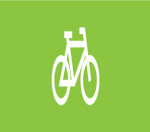Road signs tell you where you are and what to do. They are needed to help keep everyone safe. This section lists common signs and explains what they mean.
There are three types of sign:
This page describes examples of:
Compulsory signs
Warning signs
Information signs
Road markings
Compulsory signs are usually red or blue. They tell you what you must or must not do.
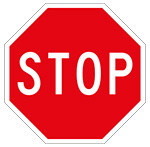
You must stop completely, give way to any traffic and only move off again when your way is clear
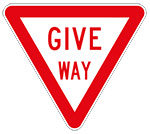
You must slow down and give way (or stop if necessary)
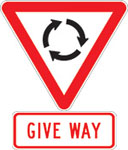
You must slow down and be prepared to stop for traffic in the roundabout or entering the roundabout from the right
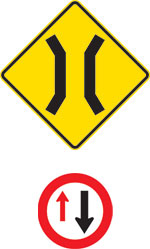
One-way bridge: give way to all vehicles coming towards you
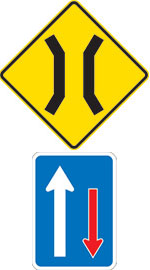
One-way bridge: you have priority
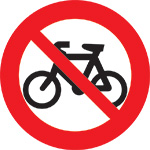
You must not cycle here
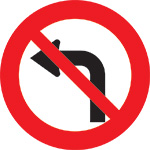
You must not turn left here
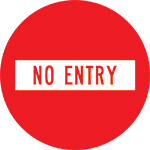
You must not go into this road

You must move in the direction shown on the arrow
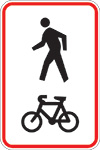
This is a shared path for walking and cycling
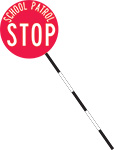
School patrol: you must stop and remain stopped until the sign is withdrawn
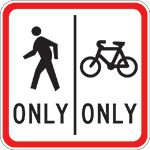
Walk only on the left side and cycle only on the right
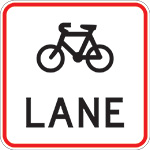
Cycle lane
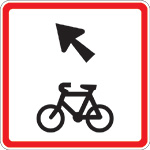
You must exit if you are cycling
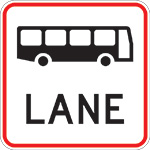
Bus lane that can also be used by cycles and motorcycles
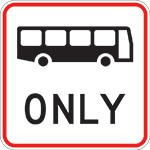
Bus-only lane that can only be used by buses
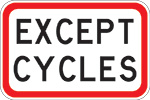
Exemption to a regulatory sign if you are cycling
Warning signs are usually diamond-shaped. They warn you to be careful for your own safety and the safety of other people.
Permanent warning signs are yellow or fluorescent yellow/green. Temporary signs are orange.
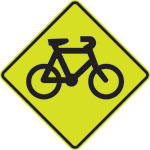
Look out for bike riders
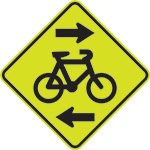
Cycle path crossing ahead
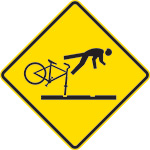
Take care cycling over railway tracks
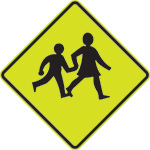
Look out for children

Pedestrian crossing
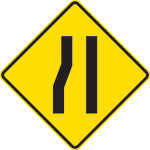
Road narrows ahead
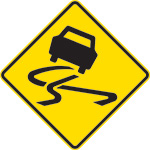
Slippery surface
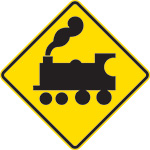
Railway tracks ahead

Roundabout ahead
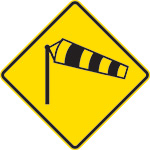
Wind gusts
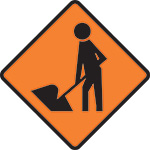
Roadworks ahead
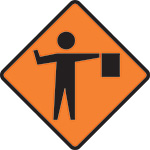
Stop on request

Detour for cycling on the left

Slips

Pass people cycling at a safe distance and where possible slow down
Information signs come in a range of different colours and sizes.
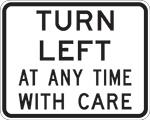
You may turn left, but first give way to pedestrians and vehicles
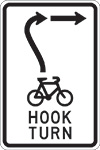
A hook turn is recommended for bikes turning right at the intersection ahead
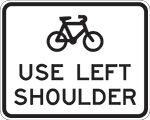
Use the left shoulder if you are cycling
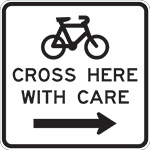
Cross here if you are cycling

Cyclists can travel in either direction in the adjacent cycle lane

Use ramp to leave road here if you are cycling
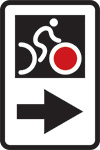
Confirms that cyclist is on the NZCT and the route is turning right

Shows the way to the nearest information centre
Route for cycling, with destination
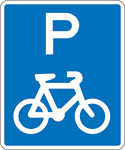
Cycle parking
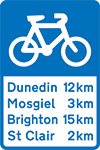
Route confirmation and distances
image distance sign
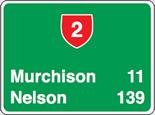
Shows distances to places
A sharrow marking is a bike symbol with a double chevron above it. Sharrow markings remind everyone that people riding bikes can take the lane.
Take the lane - sharrow markings

Sharrow marking
A hook turn marking is a green box marked with a bike symbol and a turning arrow. It shows a good place to stop and wait during a hook turn.
Alternatives to turning right across traffic

An advanced stop box marking is a green box marked with a bike symbol. You can use advanced stopping places when you need to wait at an intersection.
Using advanced stopping places
